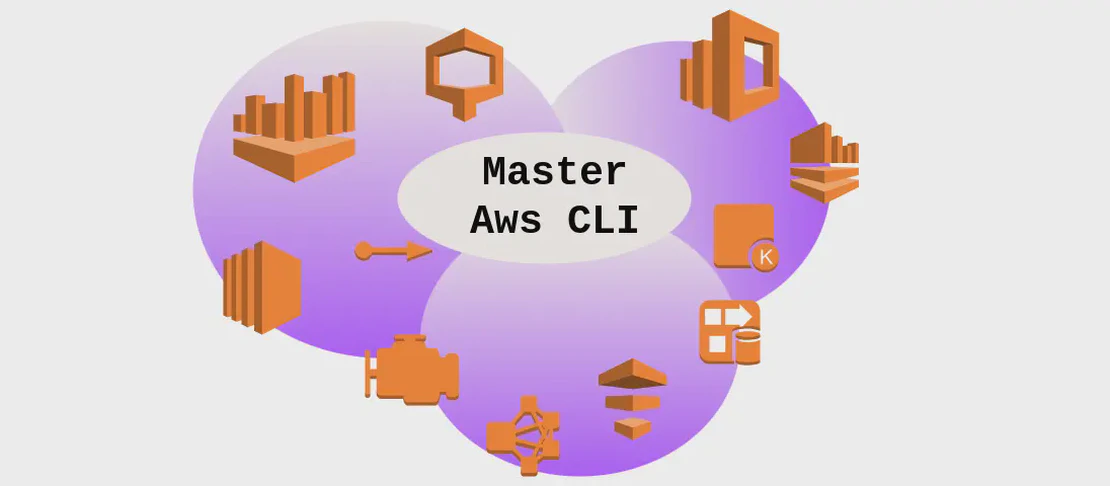
How to use the command 'swaplabel' (with examples)
- Linux
- December 17, 2024
The swaplabel command is a useful utility for managing swap space label and UUID (Universally Unique Identifier) configuration on Linux systems. Swap space is often used to extend the amount of memory available to a computer by borrowing space from the hard drive to store running processes that the computer’s RAM cannot accommodate. With swaplabel, users have the ability to view or modify the label and UUID of a swap area, making it easier to manage and identify different swap partitions or files on a system.
Use case 1: Display the current label and UUID of a swap area
Code:
swaplabel path/to/file
Motivation:
The main reason to display the current label and UUID of a swap area is to obtain information that can aid in managing and organizing swap spaces. Knowing the current label can be helpful when you’re managing multiple swap areas, ensuring that each swap area is correctly identified and used. Similarly, obtaining the UUID is crucial for reference in configuration files where labels might not be preferred or supported. This action is particularly beneficial when diagnosing issues related to swap space or when configuring swap space settings in /etc/fstab.
Explanation:
swaplabel: This is the core command used to manage swap space labels and UUIDs.path/to/file: This is the file path or swap partition to which the command applies. It tells the command which swap area you want to inspect, providing the necessary context to gather the requested details.
Example output:
Label: swap1
UUID: 2e9c3e2a-e560-4a0b-8b2a-7e91a6852fb3
Here, the output shows the label, swap1, and the UUID, 2e9c3e2a-e560-4a0b-8b2a-7e91a6852fb3, for the specified swap area.
Use case 2: Set the label of a swap area
Code:
swaplabel --label new_label path/to/file
Motivation:
Changing or setting a label on a swap area can be crucial for better organization and easier identification, especially in systems with multiple swap areas. Labels can be more descriptive than UUIDs, allowing system administrators to quickly recognize what each swap area is meant for, such as separating swap spaces for different types of workloads or processes. This use case can also come in handy during the setup of new systems, migrations, or when repurposing disks.
Explanation:
swaplabel: The command used for altering swap labels and UUIDs.--label new_label: The option--labelis used to specify the new label you want to assign to the swap area.new_labelshould be replaced with the desired alphanumeric label that describes the swap area.path/to/file: This indicates the swap partition or file to be relabeled. It directs the command to apply the label change to the specific swap area targeted.
Example output:
This command does not produce output if successful. You may verify the label change by running the command from use case 1.
Use case 3: Set the UUID of a swap area
Code:
swaplabel --uuid new_uuid path/to/file
Motivation:
Setting a new UUID for a swap area can be critical when replicating or cloning swap disks, as each should have a unique identifier to avoid conflicts. UUIDs provide a unique reference that is system-agnostic, improving the reliability and accuracy of swap space identification across system reboots and hardware exchanges. This practice is especially relevant during system upgrades or when you’re reconfiguring storage hardware and need to keep track of changes in an automated fashion rather than relying on manual identifier settings.
Explanation:
swaplabel: The primary command used to set or change swap space identifiers.--uuid new_uuid: The option--uuidspecifies the new UUID to assign.new_uuidought to be a unique string, usually generated usinguuidgen, to ensure the swap space can be distinctly identified.path/to/file: Represents the specific swap partition or file needing a UUID update, signifying where the new identifier should be applied.
Example output:
This command also does not produce output upon successful execution. You may verify the UUID change by using the command from use case 1 to display the current identity information of the swap space.
Conclusion:
The swaplabel command proves to be an essential tool in managing the labels and UUIDs of swap spaces on a Linux system, granting users the ability to efficiently and accurately label swap areas for better system management and identification. Whether displaying existing settings or making updates to labels and UUIDs, swaplabel helps streamline swap space administration tasks.


